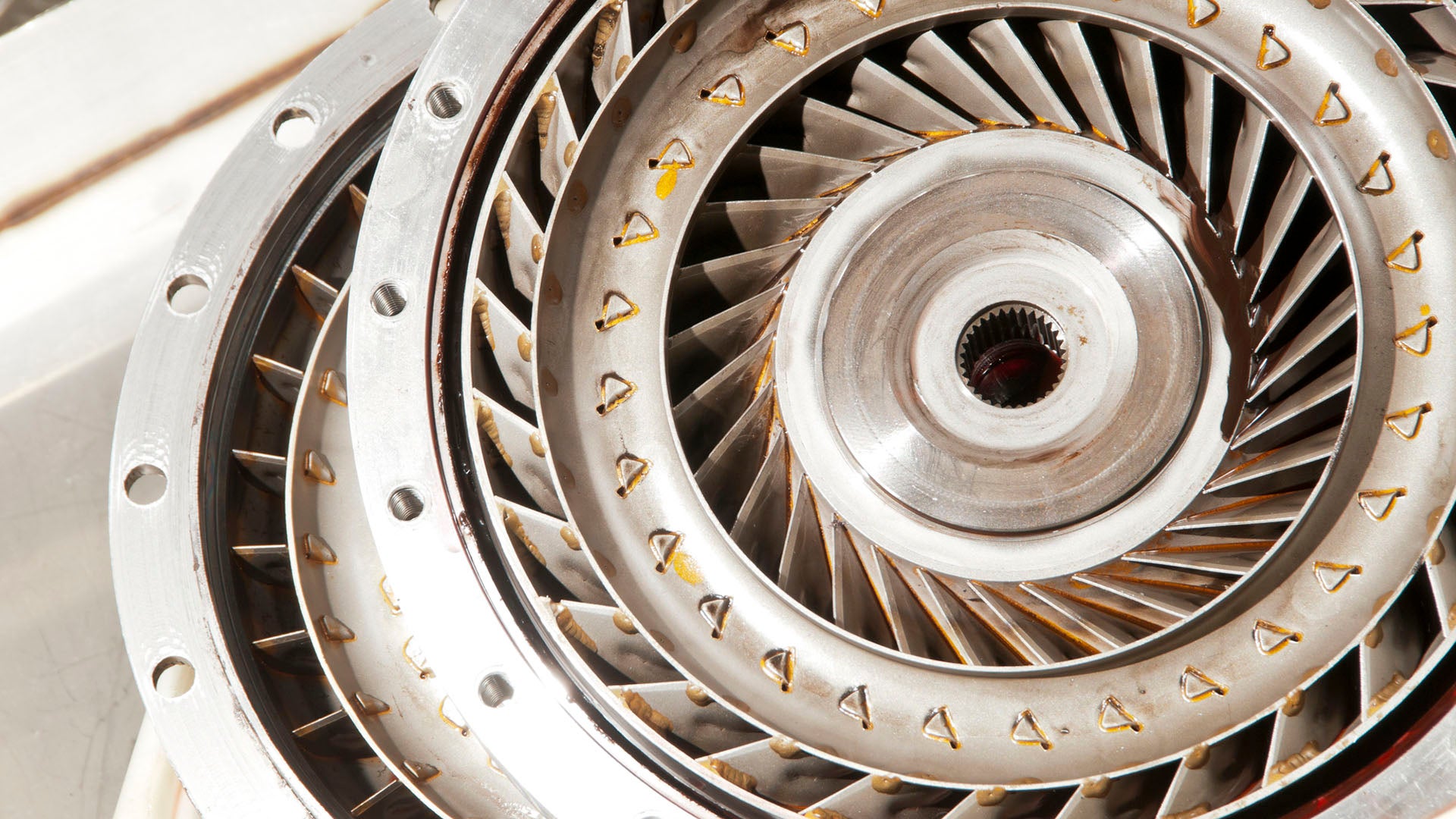If you’re an avid car owner, the phrase “torque converter” is likely not unfamiliar to you. In the realm of automotive engineering, torque converters hold a significant role, particularly within automatic transmission systems. They are crucial in maintaining smooth vehicle operation, power transmission, and the enjoyment of driving. In this guide we’ll dive into the intricate world of torque converters, delving into their inner workings and shedding some light on their essential role in the automotive landscape.

Torque Converters What You Should Know
The Essence of Power Transmission: At its heart, an torque converter is a kind of fluid coupling designed for automatic transmissions. Its primary function is to transfer power generated by engines into the transmission. The transmission is then able to drive the wheels. The mechanism functions seamlessly within the automatic transmission system, closing the difference between engine power and wheel motion.
Components: The torque converter is comprised of three components: impeller, turbine and stator. The three elements work together to convert torque and power.
Breaking Down Mechanism
The mechanics of a torque converter are fascinating, involving intricate interactions that contribute to the efficient transfer of power:
Impeller Initiation – Once the engine is started, the impeller is spun. The impeller, which is like a fan is able to move the transmission fluid within the converter. As the impeller moves it produces an flow of fluid that strikes the turbine blades.
Turbine Response: The turbine, connected to the shaft of the transmission’s input and is activated by impeller’s pounding. The impeller moves the fluid, which then activates the turbine. It spins at a speed proportional to the impeller’s. The turbine generates power through making use of the energy of kinetic.
The Stator as a Method to Increase Efficiency
One of the most important components of the torque converter is the stator. The stator sits between the turbines and impellers which plays a crucial role in boosting the effectiveness of the power transmission.
Fluid Redirecting Mechanism: The stator operates through redirecting fluid flow between the impeller and the turbine. This redirection plays an essential role in optimizing the torque output, and ensuring a smooth transfer of power. Through controlling the path of the fluid it helps to ensure an efficient and balanced operation.
Torque Converters: What are they and how do they function?
The torque converter is an crucial element of your driving experience.
Smooth Transitions. The design of the torque converter and its mechanics contribute to the smooth shifts between gears. The torque converters that use fluid coupling do not need manual engagement of the clutch. This allows for seamless gear changes without interruption of power flow.
2. Stalling and Idling Prevention: Torque converters play an important function in preventing engine stalls and idling issues. Fluid couplings allow the engine to operate even when the vehicle is stationary. This provides a steady idle and eliminates the requirement to manually engage the clutch whenever the vehicle stops.
3. Torque converters work well in delivering power because they optimize the power transfer. The overall experience of driving can be enhanced with the help of torque converters which give the power required to accelerate and cruising.
Conclusion: Torque converters, as mechanical elements, form the foundation of automatic transmissions. Their fluid coupling mechanism, which is aided by the impeller, turbine and stator, ensures the seamless transfer of power from the engine onto the transmission, and then onto the wheels. The transmission is effective and aids in smoother gear change, preventing slowing down or idling, as well as improving the overall efficiency of the driving.
Understanding the role of torque converters is vital to car enthusiasts as well as engineers. These devices provide the ideal connection between fluid mechanics and engineering, and they work tirelessly to make every drive effortless. The torque converter remains an essential component of automobile technology as it continues grow. It is an example of how mechanics and functions can work in tandem.